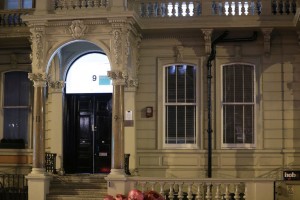How an Unverified but Explosive Dossier Became a Crisis for Donald Trump
< < Go Back
Seven months ago, a respected former British spy named Christopher Steele won a contract to build a file on Donald J. Trump’s ties to Russia. Last week, his lurid account — unsubstantiated accounts of frolics with prostitutes, real estate deals that were intended as bribes and coordination with Russian intelligence of the hacking of Democrats — was summarized for Mr. Trump in an appendix to a top-secret intelligence report.
The consequences have been incalculable and will play out long past Inauguration Day. Word of the summary, which was also given to President Obama and to congressional leaders, leaked to CNN on Tuesday, and the rest of the media followed with sensational reports.
Mr. Trump denounced the unproven claims Wednesday as a fabrication, a Nazi-style slander concocted by “sick people.” It has further undermined, at least temporarily, his relationship with the intelligence agencies and cast a shadow over the new administration.
Parts of the story remain out of reach — most critically the basic question of how much, if anything, in the dossier is true. But it is possible to piece together a rough narrative of what led to the current crisis, including lingering questions about the ties binding Mr. Trump and his team to Russia. The episode also offers a glimpse of the hidden side of presidential campaigns, involving private sleuths-for-hire looking for the worst they can find about the next American leader.
The story began in September 2015, when a wealthy Republican donor who strongly opposed Mr. Trump put up the money to hire a Washington research firm run by former journalists, Fusion GPS, to compile a dossier about the real estate magnate’s past scandals and weaknesses, according to a person familiar with the effort. The person described the opposition research work on condition of anonymity, citing the volatile nature of the story and the likelihood of future legal disputes. The identity of the donor who funded the effort is unclear.
More From The New York Times:




